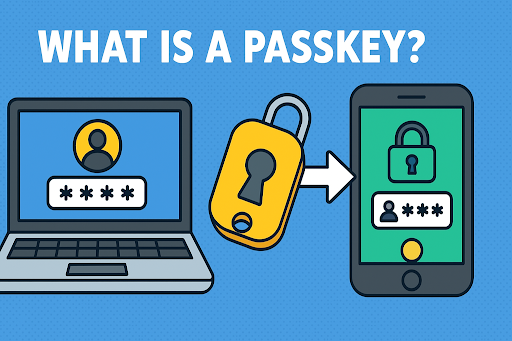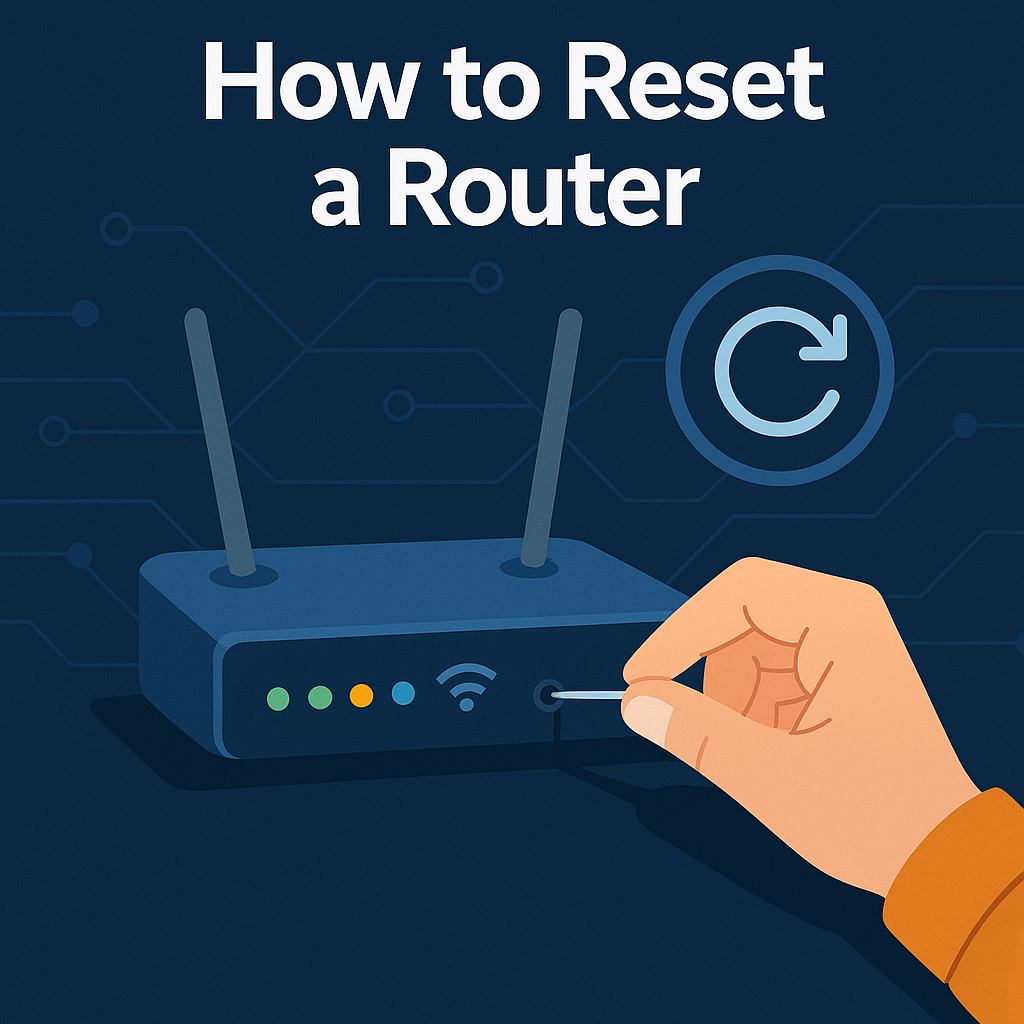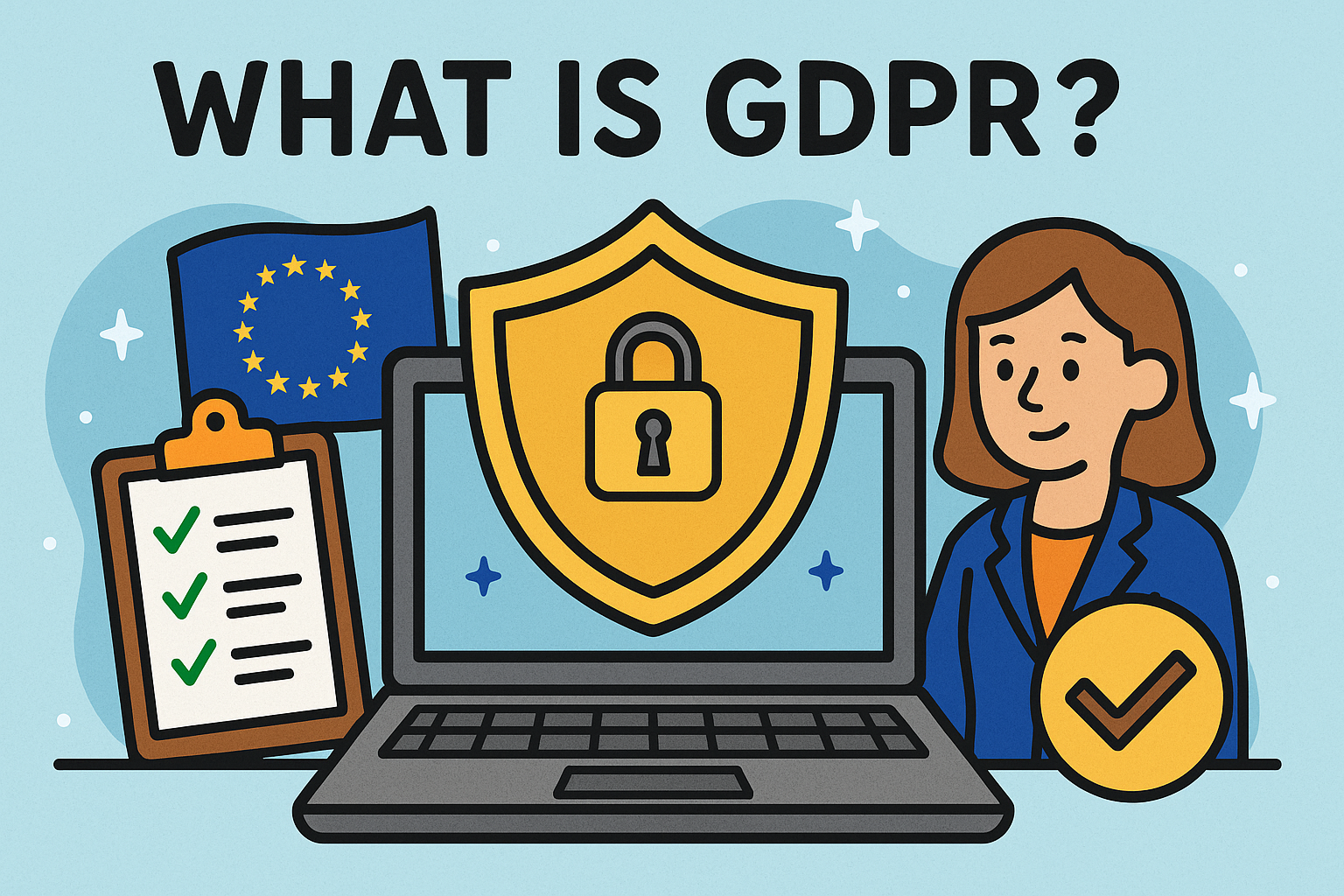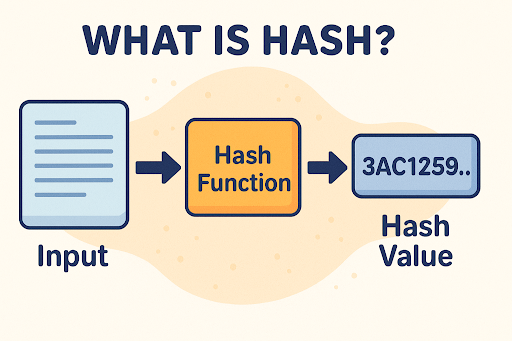How to Reset Encrypted Data on a PC: A Complete Guide
Updated on July 2, 2025, by Xcitium
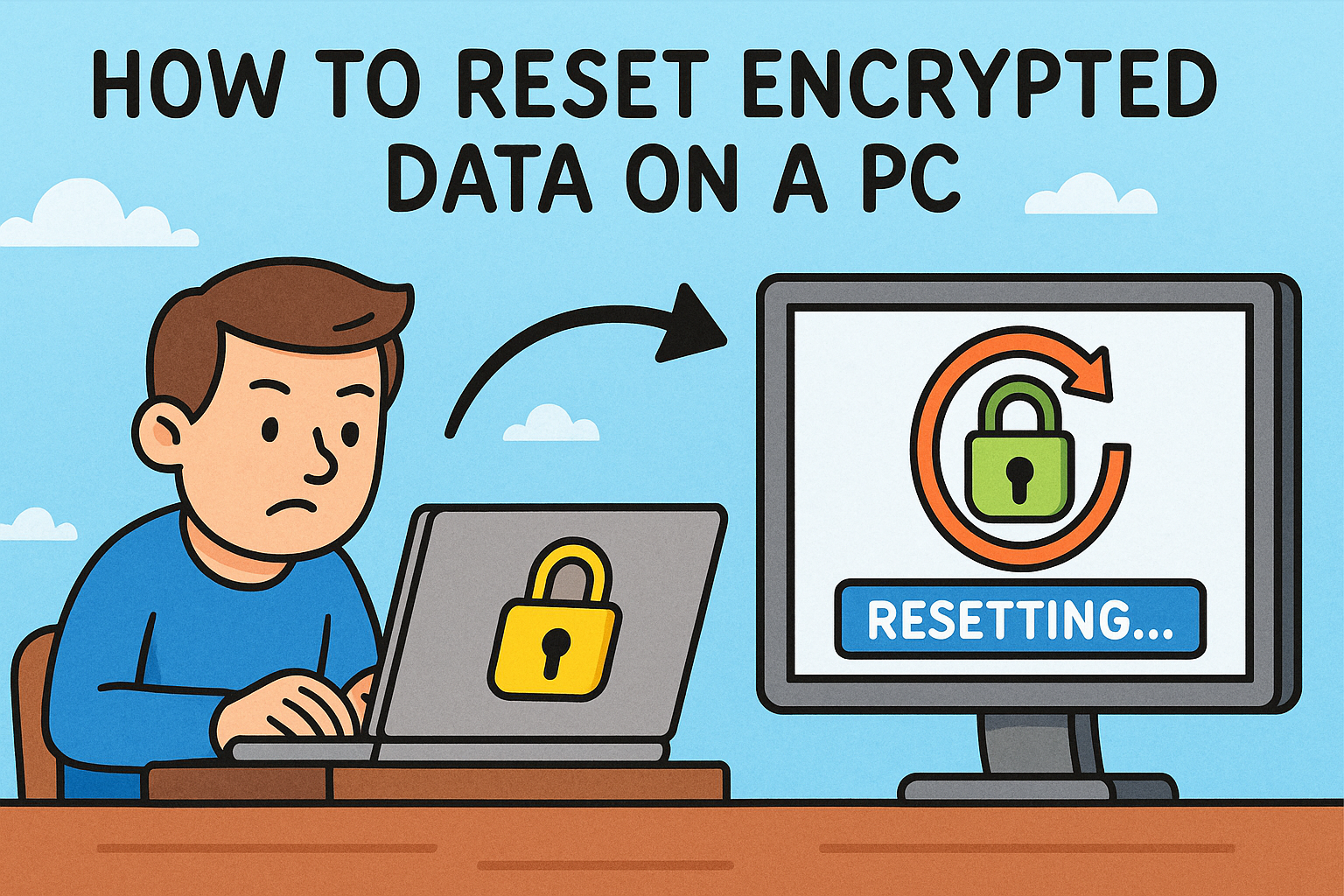
Have you ever tried to reset your PC only to be halted by encrypted files or a forgotten BitLocker key? You’re not alone. Whether you’re using Windows 11, 10, or even 7, understanding how to reset encrypted data on a PC is essential—especially in today’s cybersecurity-conscious world.
Encryption is vital for protecting sensitive data, but it can become a serious barrier if you forget your credentials or need a system refresh. This guide breaks down how encryption works, the challenges of resetting encrypted devices, and offers step-by-step solutions for both Windows and Android environments.
What Is Encrypted Data and Why It Matters
Encryption protects your data by converting it into unreadable code that only authorized parties can decrypt. If you try to reset or recover encrypted data without proper credentials, you’ll likely lose access permanently.
Common Encryption Types on PCs:
- BitLocker (Windows Pro & Enterprise)
- Encrypting File System (EFS)
- Third-party tools (e.g., VeraCrypt)
Knowing what encryption you’re dealing with is the first step toward recovery or reset.
When Should You Reset Encrypted Data on a PC?
You might need to reset encrypted data in scenarios like:
- Forgotten BitLocker or EFS credentials
- System errors or boot failures
- Before selling or repurposing a PC
- Corrupt operating system or malware damage
⚠️ Important: If encryption keys or recovery passwords are unavailable, reset will likely wipe data irreversibly.
Step-by-Step: How to Reset Encrypted Data on a PC (Windows 11, 10, and 7)
Method 1: Reset Using BitLocker Recovery Key
- Restart PC and press F8 or Shift + F8 to open recovery options.
- Choose Advanced Options > Troubleshoot > Reset this PC.
- When prompted for BitLocker Key, enter it.
- Choose Remove Everything > Confirm Reset.
✅ Works on: Windows 11, 10, and some 7 Pro editions
Method 2: Reset Without BitLocker Key (Data Loss Alert)
If you don’t have the key, you can still reset, but you’ll lose all encrypted data.
- Create a bootable USB using Windows Media Creation Tool.
- Boot from the USB > Click Install Now.
- Choose Custom Install and delete encrypted partitions.
- Complete installation.
💡 Use this if you’re ready to start fresh or can’t recover the key.
Method 3: Reset Encrypted Data via Command Line
If you can still log into the PC:
bash
CopyEdit
cipher /w:C:\
This wipes encrypted data securely. Then proceed with:
bash
CopyEdit
systemreset -factoryreset
🛠️ Works on: Windows 10 and 11
Recover Encrypted Files in Windows 10 (Before Resetting)
If you’re not looking to reset yet and want to recover encrypted files first:
- Use the same user account that created the encrypted file.
- Copy the encrypted file and certificate (.pfx) to a secure location.
- Go to Control Panel > Certificate Manager and import your certificate.
- Use a file decryption tool or Windows EFS UI to decrypt.
Restore Encrypted Files in Android Devices
Some Androids offer file-level encryption. Here’s how to attempt recovery:
- Use the same Google account that encrypted the data.
- Go to Settings > Security > Encryption.
- Tap Decrypt device if available, or perform a factory reset (which will wipe encrypted data).
- Restore backed-up files from Google Drive or SD card.
SMBs Beware: Resetting Without a Plan Can Cost You
For small businesses, encrypted file mismanagement can lead to:
- Permanent data loss
- Regulatory compliance breaches
- Operational downtime
🧠 Pro Tip: Always store BitLocker recovery keys and certificate backups in secure, off-device locations like a company-managed password manager.
Bonus: How to Decrypt Encrypted Files Before Resetting
Before you reset:
- Right-click the encrypted file > Properties > Advanced.
- Uncheck Encrypt contents to secure data.
- Apply and confirm.
If the option is grayed out, you’ll need to recover the EFS certificate or use admin privileges.
Best Practices to Avoid Data Lockouts
- Back up encryption keys to Microsoft Account or external drive
- Avoid using encryption without understanding how to recover from it
- Regularly sync encrypted files to a secure cloud
Summary: Choose the Right Reset Method
| Situation | Recommended Method |
| You have BitLocker key | Standard reset (Safe) |
| No key but want clean install | USB-based fresh install |
| Want to recover files | Decrypt and back up before reset |
| On Android | Use Google account or cloud recovery |
Final Thoughts
Understanding how to reset encrypted data on a PC is not just about pushing buttons—it’s about knowing when and how to reset securely. Whether you’re an IT pro or a business owner, being prepared with proper recovery keys, data backups, and reset protocols ensures you don’t lose more than you can afford.
✅ Ready to Secure Your Organization’s Data?
Xcitium provides powerful endpoint protection and encrypted file security tools to keep your organization safe.
👉 Request a Free Demo Today
FAQs
1. Can I reset my PC without losing encrypted data?
Only if you have the BitLocker recovery key or EFS certificate.
2. How do I reset encrypted data on a PC without a BitLocker key?
You’ll need to perform a clean install using bootable media—this will erase encrypted data.
3. How do I decrypt encrypted files on Windows?
Right-click the file > Properties > Advanced > Uncheck “Encrypt contents to secure data”.
4. Can I recover encrypted files after a reset?
Only if you backed up your certificate and encryption keys.
5. What happens if I reset an encrypted Android phone?
You will lose all encrypted data unless it’s backed up to your Google account or cloud service.



